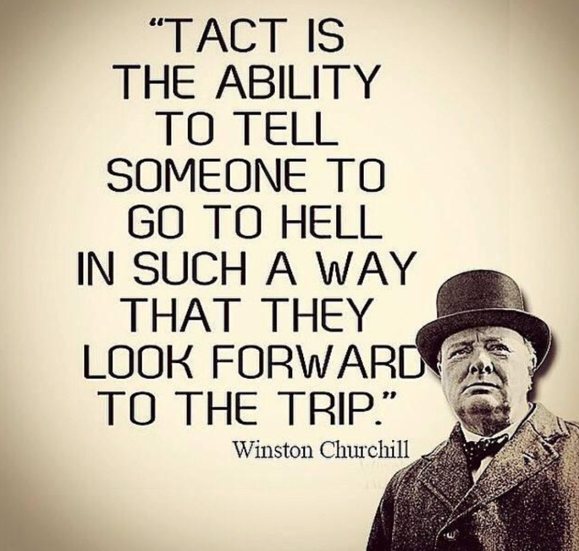Dealing With Conflict
In Utopian societies, there is no need for conflict resolution. It may surprise you that we aren’t in one of those societies (hint: they don’t exist). With that little insightful chunk of knowledge, it’s logical to assume that we will have to deal with conflict at some point. Just as we train our bodies to overcome physical obstacles, we can also train our minds to overcome conflicts. Ultimately, all conflicts are resolved, sometimes peacefully or sometimes not.
It’s Not Personal
Ok, maybe it is personal. At least the opportunity to take it personally exists. But you don’t have to exercise that opportunity. You can let it pass. Marcus Aurelius said “choose not to be harmed, and you won’t feel harmed. Don’t feel harmed, and you haven’t been.” Put into a different perspective, ask yourself ” Have I ever said something hurtful that I wish I hadn’t?" I know I have, and in reflecting on it later, it’s common that I was reacting to a situation and took that frustration out on a person rather than the inanimate source of the problem. Taking this perspective helps to focus on the things you can control and let go of the ones you can’t.
One of my favorite quotes (though I can’t remember the author) about someone saying something bad about me is “had they really known me, they would have listed my other faults as well.”
Introducing Change
One common goal of resolving conflicts is to change the behavior of the conflicting party. Over time, I have learned that you will rarely be successful in this effort by pointing out someone’s negative behaviors. No one likes to be told they are wrong.
Sometimes you really feel like you should say something, though. How you approach it may determine the level of success you have. Your relationship with that person has a significant impact on this. One of the most valuable learnings I got from my time as a CrossFit coach was in communication. As a coach, you have to intervene and correct someone’s behavior at a time when they are under a substantial amount of stress. Most of the time, they are reluctant to change, focusing instead on whatever seems to be the fastest path to eliminating their stress (i.e., implementing poor form on a squat to get through the reps and finish the wod) regardless of the consequences they may not see.
If you want to communicate with someone successfully, you must do it in their language. Some people respond to visual cues, others to audible, and some tactile cues. In addition to their language, you have to learn the tone of communication for that person. Some people like to be coached, and others like to be told.
Common to all people, however, is that no one likes to be told they are wrong. A great way to introduce change is to ask someone “So, how’s that working for you?” It can be insightful as they provide their perspective and tell you what is important to them. They’ll also use words like “feels like…” (a tactile person) or “I see…” (a visual person). Capturing and using these phrases with the person will set you up for success by communicating in their language.
Another successful tactic I use for introducing change is “the billboard method.” Socrates was a master of this. Rather than arguing with you, he would ask questions, forcing you to run the gauntlet of your thoughts until you identified the flaw in your own logic. Instead of telling someone they are wrong, take them on a verbal “walk” where you paint a picture of the scenario unfolding right up to the point where their actions or behavior creates the obstacle. When the person “sees the billboard,” it becomes their idea, and they change their behavior (because they think they’ve stumbled onto a great idea).
And in the end, that’s what matters, right? Not that you were right and get credit for the idea, but that the desired change has been implemented.

